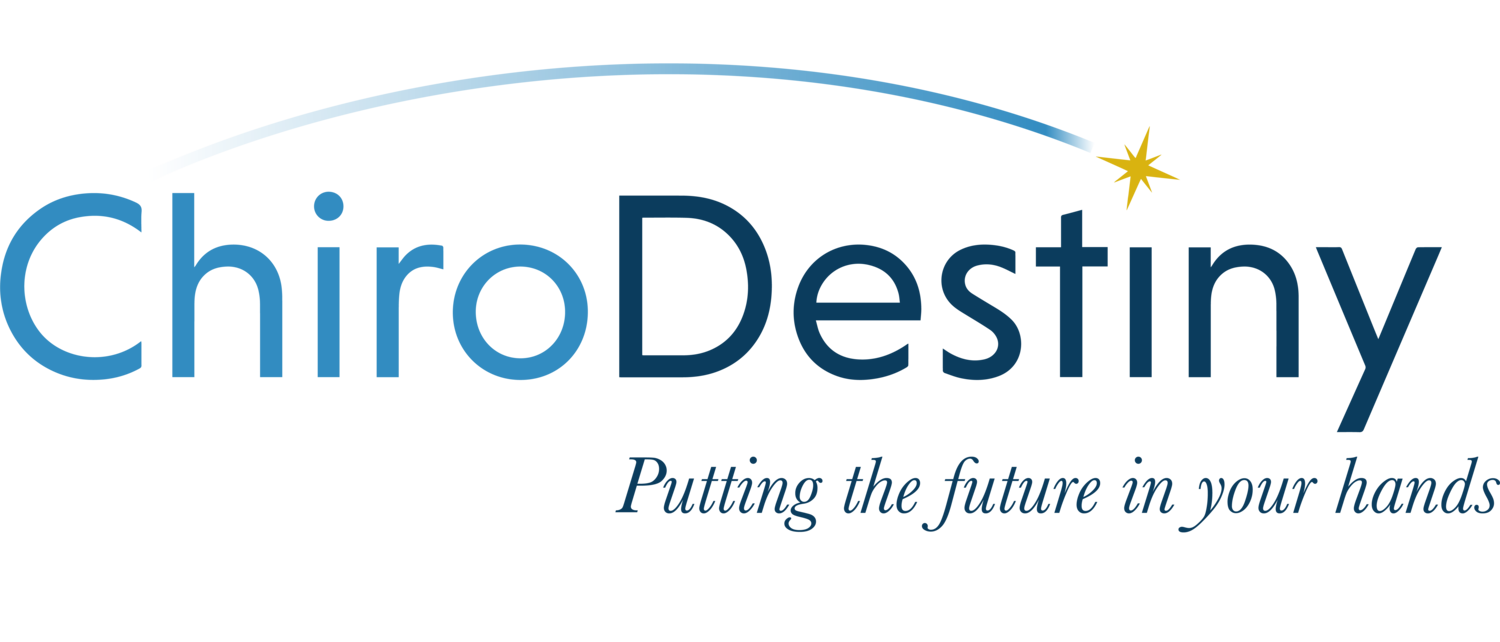Stress, burnout, and fatigue are all major set-backs that many entrepreneurs face, including those that manage their own chiropractic practice. One way to combat these energy-sucking feelings is through meditation. You’ve certainly heard of meditation before, but what exactly is it?
Meditation actually requires more work than you might think. After all, you just sit there…right? Wrong! Meditation requires you to put down your phone and unplug from all the distraction around you. Imagine you are dusting the cobwebs out of your mind. If you find yourself so overwhelmed and stressed that you are having physical reactions (i.e. headaches, your muscles are in knots), then meditation might be the remedy for you. Meditation doesn’t require any fancy equipment, it doesn’t cost anything, and it can take up just a few moments of your time. If you practice it every day, you will learn to relax, breathe, and clear your mind…making you a better leader for your practice.
How Meditation Works
In Eastern countries where meditation originated, the goal was to reach a mystical sort of consciousness. In fact, Harvard Medical School’s Dr. Herbert Benson found that meditation can elicit a “relaxation response”, where a state of complete relaxation is reached. This relaxation response is in stark contrast to the stress response, which floods the body with cortisol and prepares you for the fight or flight response. High levels of cortisol can wear the body down. Just as you would make chiropractic adjustments to align a patient’s spine, it is also important to keep your mental health in alignment. When you achieve a relaxation response through meditation, you can help bring the body back into balance by reducing stress levels, slowing the heart rate and blood pressure, and relaxing the muscles. Some benefits of meditation also include:
Reduced stress
Improved immune system
Better memory
Increased energy and focus
Pain relief
Heightened problem-solving skills
Increased productivity and motivation
How To Meditate
One of the most common ways to meditate is with the use of rhythmic breathing, which means concentrating on your breath.
Meditate when you can. Ideally, you should meditate either in the morning before you have breakfast or in the evening before dinner. The important thing i to find the time, even if it is only five minutes.
Find a quiet and place to meditate. One of the great things about meditation is that you can do it just about anywhere, but a clean and quite location is best. Whether it is in your home, at the office, or at the park, avoid loud noises and people so you can truly focus on yourself.
Get comfortable. Sit with your legs crossed on a chair or cushion and keep your back, neck, and head in a straight line. You should also be in comfortable clothing, but try not to lie down so you don’t fall asleep!
Clear your mind. This is the hard part for most of us — clearing the mind. Put your cell phone away, turn the TV off, and just disconnect. It can be hard to stop your mind from running wild, so let it wander at first and then try to focus on a particularly peaceful image such as a beautiful landscape or a candle flame.
Focus on rhythmic breathing. While counting one, two, three:
Sit up straight and place one hand on your stomach and the other on your chest.
Take a deep breath through your nose, filling your lungs as much as you can.
As you inhale, the hand that is on your stomach should rise.
Now exhale through your mouth, and you feel as your stomach muscles contract.
Continue inhaling and exhaling for a count of three seconds for each breath.
Try doing this for about five minutes and then work your way up to 20-30 minutes two times a day.
Give Meditation a Try
Meditation isn’t for everyone, but we suggest everyone give it a try. Its relaxation benefits are ideal for the stressful position of owning and operating your own chiropractic position, and the ability to quiet the mind is a skill every leader should have. Want to learn more tips to become the best leader you can be? Click here to schedule a free coaching call.

